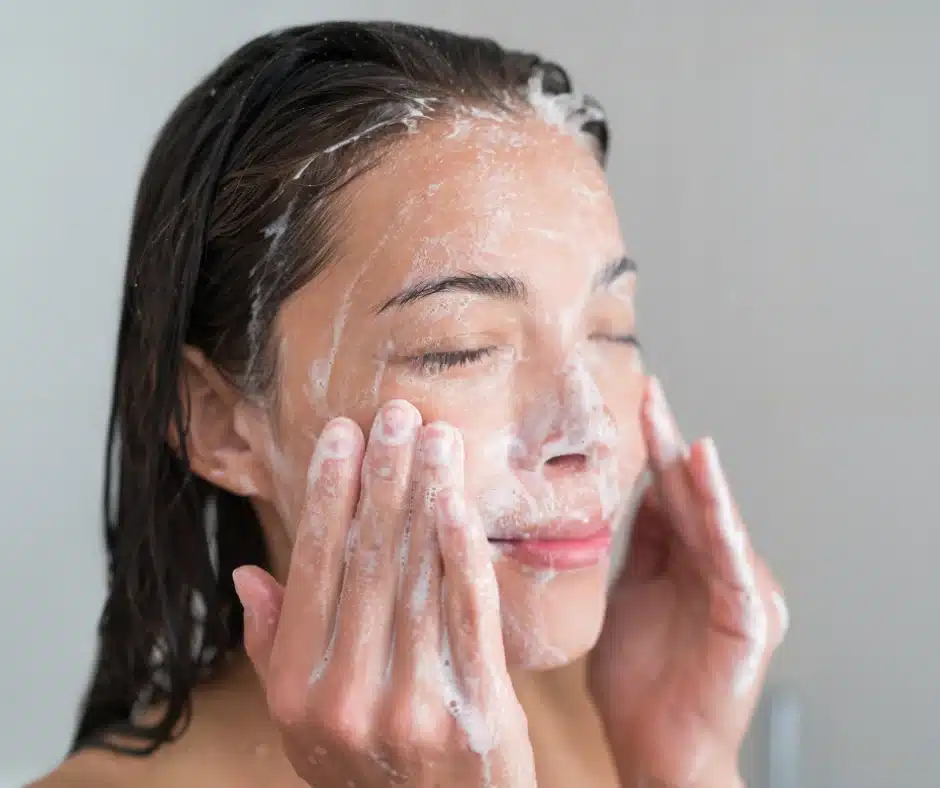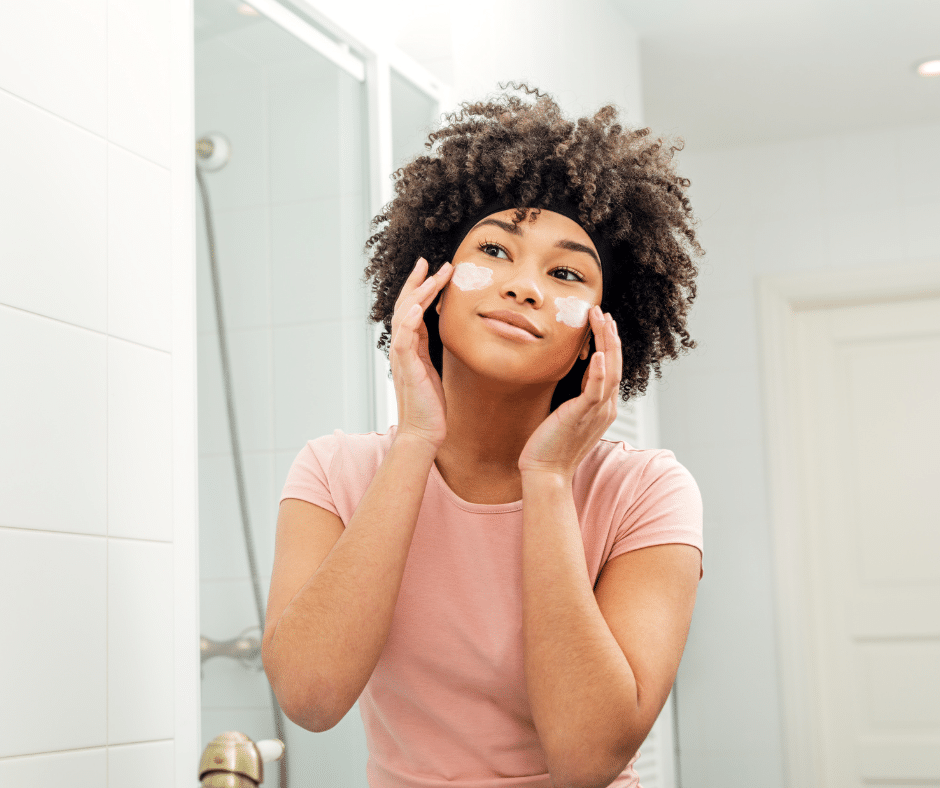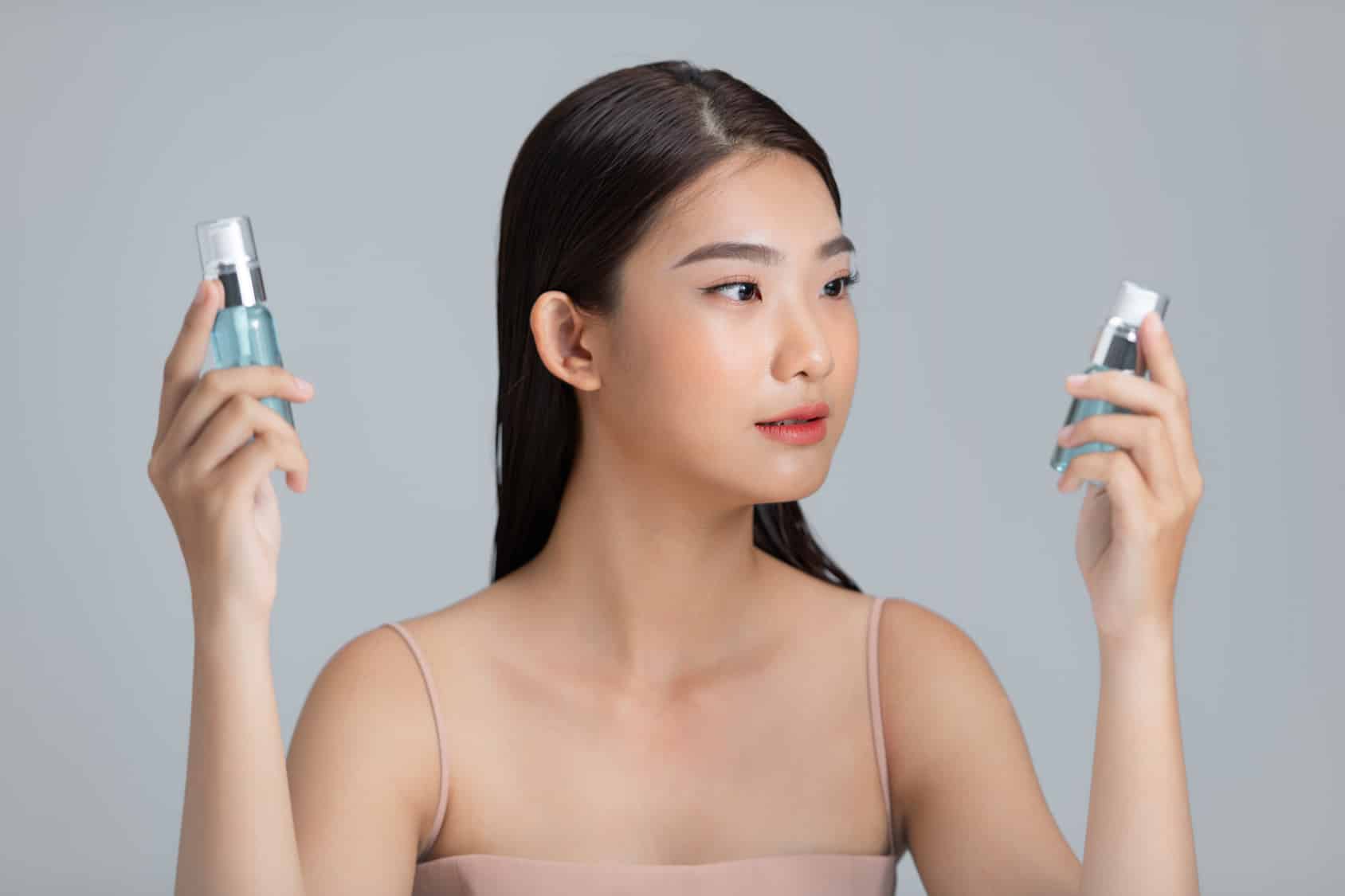

CoolSculpting, known in medical terms as cryolipolysis, is an FDA-approved procedure that essentially freezes fat cells in certain parts of the body. A hose with cooling plates is attached to the desired region and left in place for a variable amount of time. Ultimately the fat cells will be destroyed. The body then processes the dead cells naturally over a period of weeks or months.
It is not an invasive technique, and since no areas undergo cutting, recovery time is almost immediate (give or take some soreness or redness). Scarring is extremely rare, and in general, it is a low-risk process with results that look quite natural.
But there are some caveats, and you should consult with a doctor to see if it’s appropriate for you to proceed with CoolSculpting.
Who is a good candidate for CoolSculpting?
If regular exercise and a change in your diet don’t help reduce fat on certain parts of the body, CoolSculpting could help. These areas include buttocks, back, stomach, thighs, chin, neck, and armpits. As a bonus, destroying fat cells evenly reduces the risks of dimples or bumps.
There has to be enough fat in the area for the applicator to grab onto, so it’s not as simple as cherry-picking undesirable spots and then easily getting rid of them.
Additionally, there are a number of pre-existing conditions that could rule out the procedure for you. It’s not recommended as a treatment for obesity, and someone with a weak immune system or intolerance to cold should not seek it as a remedy — the same goes for pregnant women.
The following conditions might be contraindications for CoolSculpting and should be discussed with your physician before deciding if the procedure is right for you:
- Eczema, hives, or psoriasis
- Diabetic neuropathy
- Anxiety
- Chronic pain
- Use of blood-thinning medications or anemia
- Raynaud’s disease
- Autoimmune conditions in which red blood cells die in response to temperature changes
Are the results permanent?
It depends. A 2014 study showed that CoolSculpting produced up to a 25% reduction in subcutaneous fat. Some doctors see reductions of 10 to 20% of the targeted fat. (In comparison, liposuction eliminates far more fat cells, but that procedure is much more drastic. It is also best for a different subset of patients.)
When you switch to a healthier diet or increase your regular cardiovascular activity, fat cells shrink, but they also stay in your body. The ultimate result of CoolSculpting is a complete elimination of those fat cells, which is a much more substantial outcome — there is less chance that those areas will regain fat on their own, unless, of course, exercise and eating healthy fall by the wayside.
It’s not a procedure that can be substituted for activity, it’s not a band-aid, and it’s not a solution to a diet of pizza. Again, the idea here is that patients with stubborn areas that do not respond to diet or exercise may want to seek out CoolSculpting.
Are there any adverse effects?
Serious adverse events are rare. There have been a few reports of enlargement of fat cells, rather than elimination, after cold has been applied. This condition, paradoxical adipose hyperplasia, occurs more frequently in men, and surgery is the only way to deal with the reverse effects of the process.
Other rare events are hyperpigmentation, scarring, and frostbite in the area. After the procedure, it is not uncommon to experience swelling, bruising, soreness, itching, stinging, and redness. If you have CoolSculpting done on your chin or neck, you might temporarily have reduced muscle movement in the tongue or lips, dry mouth, and reduced saliva.
If the procedure is done by someone who is not adequately trained, or who isn’t using authentic CoolSculpting equipment, you could be putting yourself at risk for untoward complications.
Do your homework when looking for someone to do the procedure. Also, keep in mind that this is a cosmetic procedure, so most medical insurance plans will not cover it.
Let’s discuss if it’s right for you
For an expert and honest opinion about whether CoolSculpting is right for you, schedule a consultation with us. We will discuss your concerns and all options that are available to you.
Posted In: Skin Care
Related Posts

June 13, 2025
Little Bumps on Your Forehead? Here’s Why
If you’ve ever looked in the mirror and noticed little bumps on your forehead that just won’t go away, no matter how...

May 30, 2025
Bust the Myth: Do Retinoids Cause Cancer?
Retinoids are one of the most powerful and widely used tools in modern dermatology, yet despite their many benefits, som...

August 26, 2024
Skincare Advice for Your 20s and 30s
If the Sephora kid trend tells us anything, it's that young people are paying attention to skin health and appearance. S...


